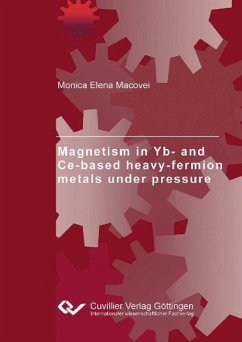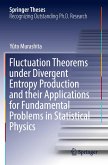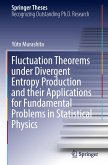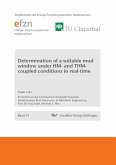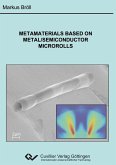For more than 30 years the investigation of heavy-fermion (HF) metals has been one of the most fascinating and interesting fields in condensed matter physics both experimentally and theoretically. The HF phenomenon is observed in compounds containing rare-earth elements such as, e.g., Ce or Yb. The ground-state properties of these systems is considered to result from a competition between the Kondo effect and the Ruderman-Kittel-Kasuya-Yosida (RKKY) interaction. The Kondo effect induces a screening of the local 4f moments by the conduction electrons and, thus, favors a nonmagnetic ground state. By contrast, the indirect RKKY interaction promotes a magnetic ordering of the local moments. Therefore, depending on the strength of these interactions, the ground state of a HF compound ranges from paramagnetic (PM) to magnetically ordered. Even interplay between magnetism and superconductivity is observed in some materials. High-pressure experiments are of particular interest because for a given system the ground state can be tuned by external pressure (p). In the case of Yb-based Kondo-lattice systems, pressure stabilizes the magnetic state, while for Ce-based Kondo-lattice compounds pressure favors a non-magnetic ground state. Therefore, pressure is an ideal tool to tune a HF material through a zero-temperature magnetic instability in order to study quantum critical behavior in its vicinity.

